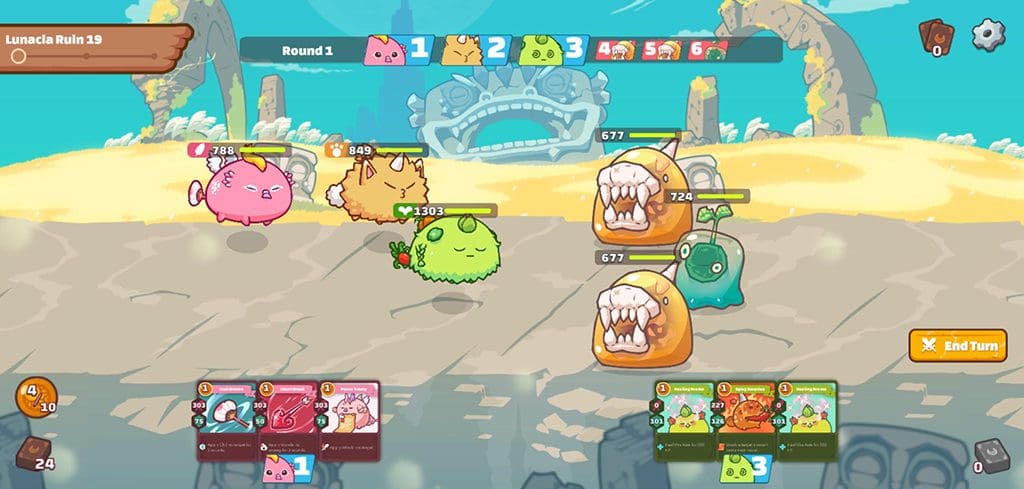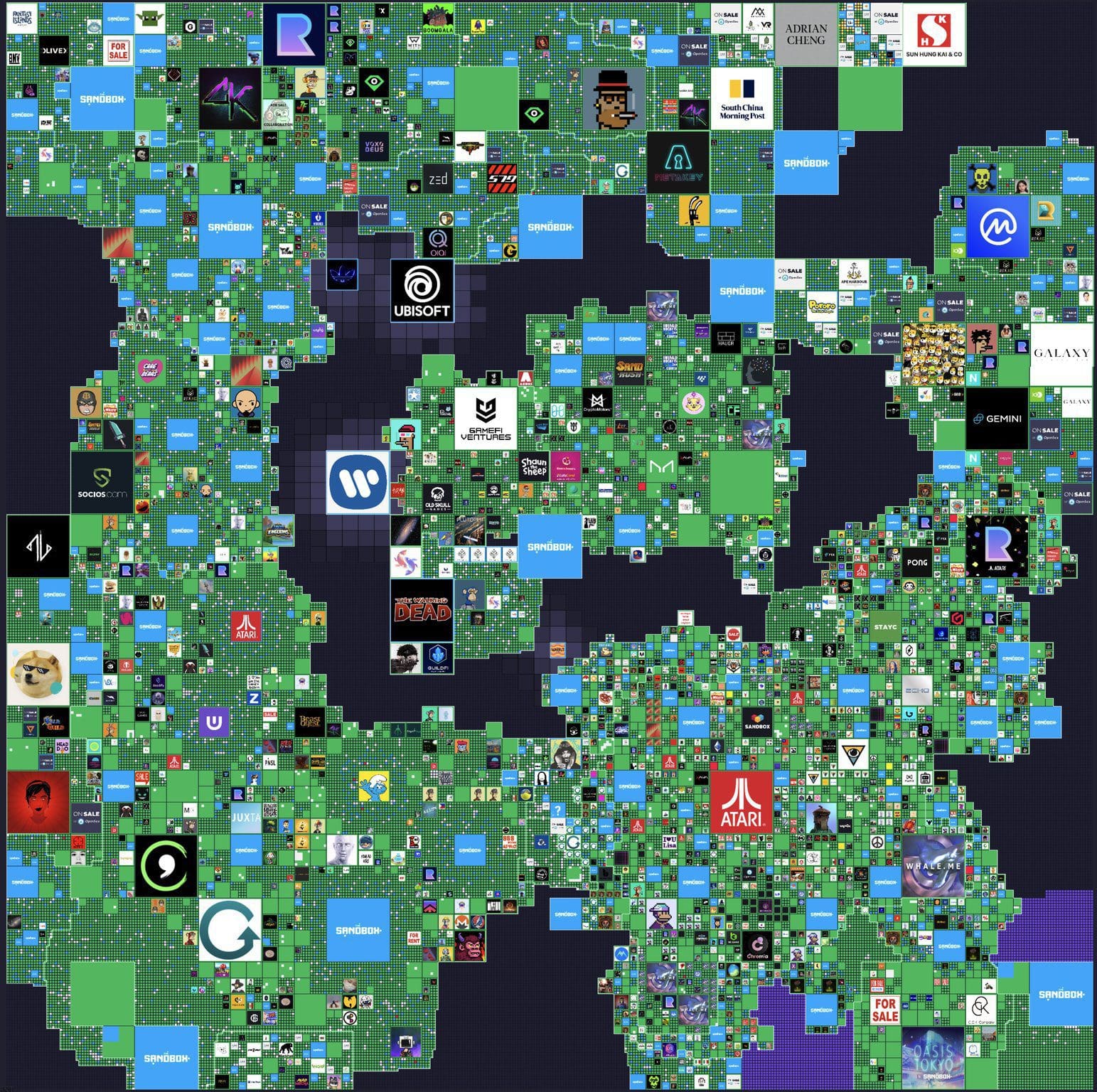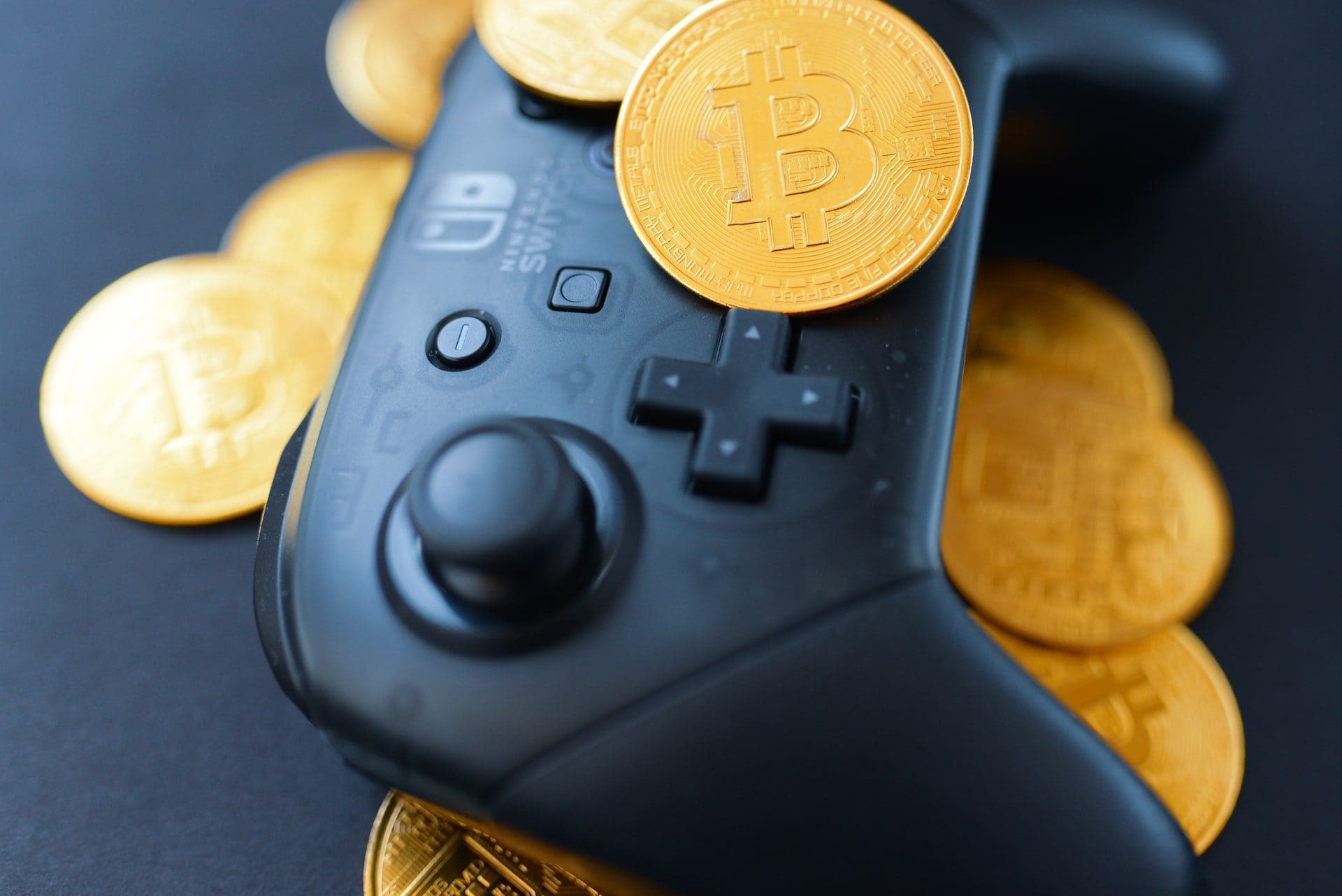Earning by video gaming
Play-to-earn video games have entered the crypto world headlong for a couple of years now, especially in conjunction with the explosion in popularity of NFTs, and proving to be a particularly easy field of application.
Some say they will revolutionize the modern video game industry, while others remain skeptical. In any case, it seems appropriate to delve deeper into the issue, to understand what the basis of a video game built on blockchain is, and what the adoption of such a technology may entail.
Index
What is the concept of play to earn?
To begin with, “play to earn” means a video game whose time spent on it can be converted into a form of income. And for those who were wondering: yes, in this way gamers can actually generate cryptocurrency income by simply playing the game, thus, on balance, enjoying a business model that leverages blockchain technology.
But how is this possible?
In play to earn crypto games, players can obtain in-game resources with varying degrees of rarity. These can be skins, items or cards, depending on the video game genre being approached, just like in any traditional video game. With one major difference: all these in-game items, in a play to earn, have real value, no longer bound to the digital space.
At any time, in fact, a player could transfer these assets from the game to a marketplace like Opensea, selling these assets in exchange for cryptocurrency or traditional money, depending on the conditions.
Another key feature, and one that is not insignificant, is the fact that a play to earn is generally run by decentralized governance, with developers not having full control over the title except in its early stages.
"All of these play to earn games elements have real value"
The rewards of play to earn
The game’s resources, as mentioned, are distributed among users, who also actively participate in the economy that holds up the title, generating value not only for themselves and other players, but also for the developers themselves.
The formula is to combine entertainment with the possibility of having a reward, which in turn, being a cryptocurrency, attracts special attention toward it from gamers, who can find a place to combine pleasure with a real need.
But regardless of a gamer’s motivations, how does a play to earn actually work? How does it achieves its purpose? In general, a video game built on blockchain rewards players with small amounts of cryptocurrency that can be obtained through the goals made available by the game itself.
This cryptocurrency is also typically “native” to the game (a sort of play to earn crypto), that is, created specifically by the developers. It works like a typical in-game currency, such as FIFA credits when playing FUT (Fifa Ultimate Team) or coins from any RPG or MMO game (such as Final Fantasy, Skyrim or World of Warcraft), but with the difference, precisely, that in this case it is a cryptocurrency, thus not tied to the game but convertible at any time to another crypto or fiat currency. Real value, in short.
What is the best play to earn game?
Let us think of the most famous example (or simply one of the most representative, putting aside the difficulties experienced): Axie Infinity. Like most play to earn, this title features dual tokenomics. An in-game one, Smooth Love Potion (SLP), which consists of collecting gaming-derived rewards in itself, and a governance one, namely Axis Infinity Shard (AXS).

To date, the project’s native coin does not cover the role of an actual governance token, and its functions are limited, but the intention is to bring it to manage the community, which will regulate itself in the future as a full-fledged DAO (Decentralized Autonomous Organization). For now, the AXS token is leveraged to pay fees on playing Axies through “pairing,” a specific game mode, and for purchasing particular in-game items.
The popularity of the game, then, has led AXS to be available on most of the crypto world’s CEXs, from Binance to Huobi Global, leaving virtually only Coinbase out of the loop. Not to mention DEX, of which it would be shorter to list those that do not offer it.
As for SLP, obtainable through gameplay, this is used to achieve various in-game character upgrades, and while it is more prone to an inflationary state given its “consumable” function, it too has become a real asset.
Then there is SAND, the token in The Sandbox, used for governance-related voting but also for all kinds of marketplace transactions. In addition, the token can be staked not only to obtain related rewards, but also essential in-game items called “Gems” and “Catalysts,” used to create additional in-game assets. This process of “gamification” not only expands the scope of token use, but also initiates a mechanism to adapt to the features of the blockchain, simplifying processes that can only lead to greater adoption of this technology.

Or, again, Decentraland, with its MANA token, which is essential for any operation you decide to implement on its “Lands,” starting with the very auctions in which you need to participate fully enjoy the game.
Similarly, the cryptocurrency adopted by the play-to-earn may fall among traditional ones, such as Bitcoin, Ethereum or even Dogecoin, but the mechanism remains the same in most cases. What is certain is that the rewards, depending on the case more or less risky, are real.
The role of NFTs
A separate chapter is represented by NFTs. Non-fungible-tokens can be representative of any in-game item, although this scenario does not recur 100% in every title. They can be characters, items, skins, terrain, or, again, collectibles. What they have in common is only their uniqueness, dictated solely by the number of copies generated (or “minted”) originally. Which consequently also determines the value of the NFT in question, dictated by rarity as well as features.
The rewards, as mentioned, derive directly from gameplay, or rather actual play time. But in many cases this is also proportional to an initial investment or, at the very least, to the total value of the assets one holds relative to the video game being played.
This implies that a play-to-earn is not to be associated with free-to-play, or at least not in the most common sense. In fact, very often a title in this market requires players to purchase an NFT in order to get started. It happens in Sorare, where it is necessary to buy players in the form of collectibles in order to participate in certain competitions, or in Star Atlas, where the possession of spaceships is the minimum and sufficient condition to approach the game.

But it should also not be forgotten that “investment” is not synonymous with “spending”, and thus any in-game asset can not only be converted back into crypto, but generates rents based on the protocols adopted by the game.
It is the concept of ownership, which makes it so that the development of the video game has no influence on the in-game assets, no longer the property of the developer but of the video player.
The tokenomics of play to earn
Each play to earn, as mentioned above, has its own economy. And it is an economy that takes into account the perspective of the developers, but is ultimately determined by the players, as if they were, effectively, business partners.
On balance, play to earn apps are precisely the ones who hold the attractive and valuable resources of the game, and they are always the ones who redistribute them. By doing so, they create engagement among potential players, among various trading platforms, and consequently also increase the demand for NFTs, on which in turn the developers’ profit also depends, closing the loop.
Indeed, the production of NFTs has a cost that should always be kept in mind, and the developer generally makes money from transaction fees, which is usually around 5 percent. Therefore, it is the latter in the first place who should find every possible way to incentivize exchanges, since it is their main income.
Conclusions
Play-to-earn video games have actually changed the perspective from which the video game industry is viewed. As much on the development side as on the gamer side. And this consists of the willingness on everyone’s part to be actively involved within a project, whose resources are not consumable but acquired. Or, in a much more concrete way, in the possibility of making gains through a new avenue.
It is striking, for example, to recall how in the Philippines a simple video game like Axie Infinity gave players the opportunity to raise, for about the entire year 2021, up to $1,000 a month: far more than an average salary in the country. And not even through the prior purchase of NFTs, but through their “rental,” enabled by special scholarships (or guilds), which allowed for rewards without significant down payments.

